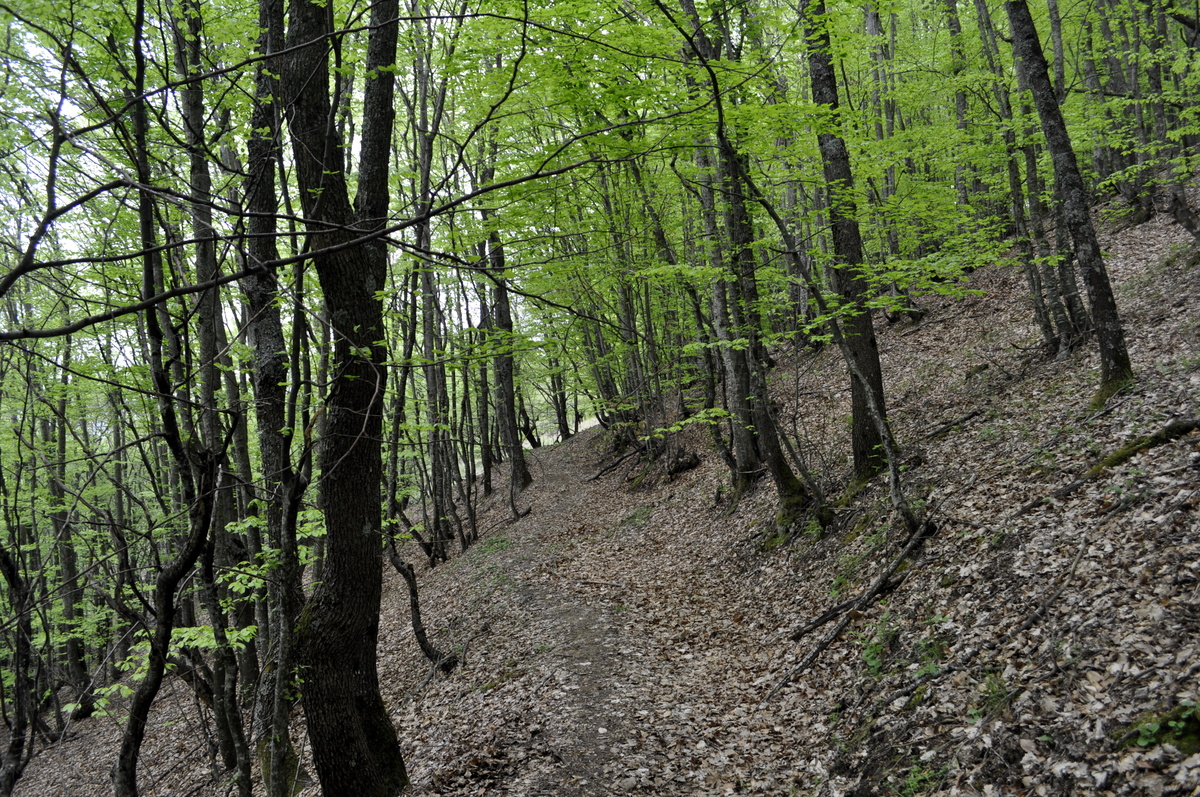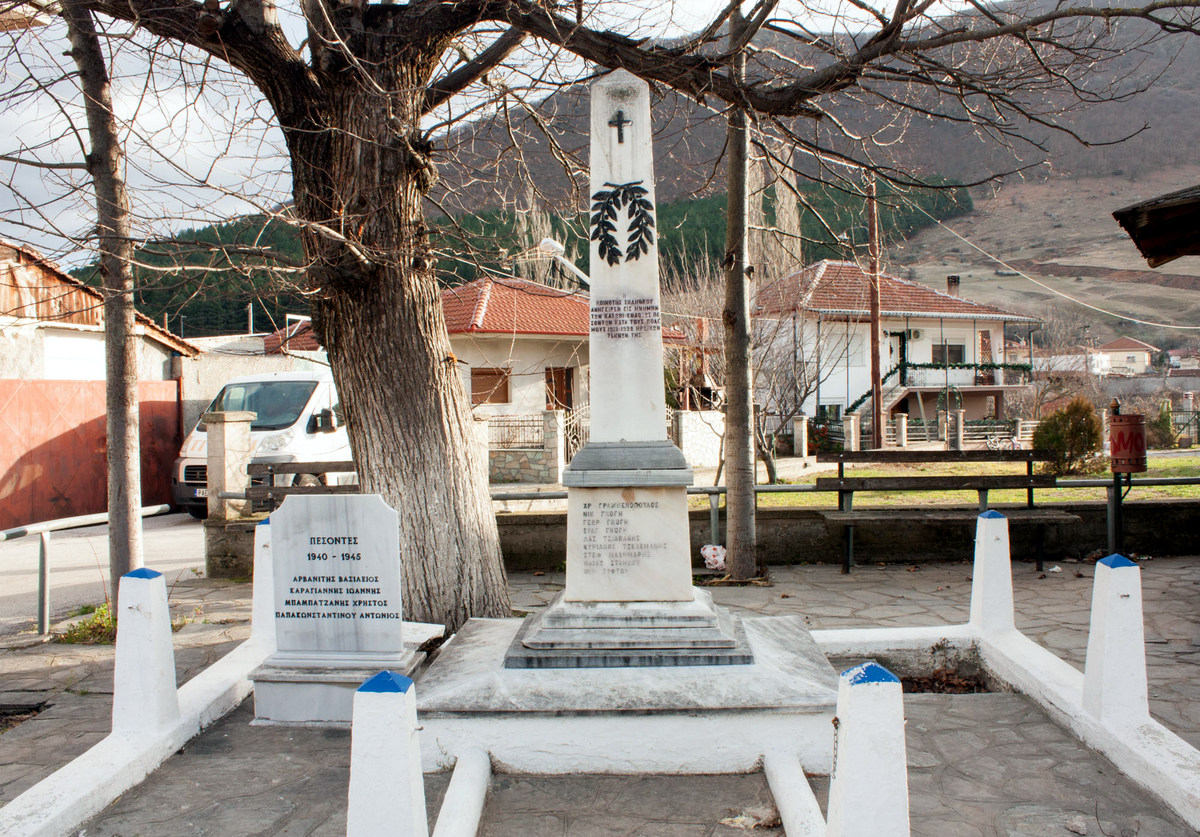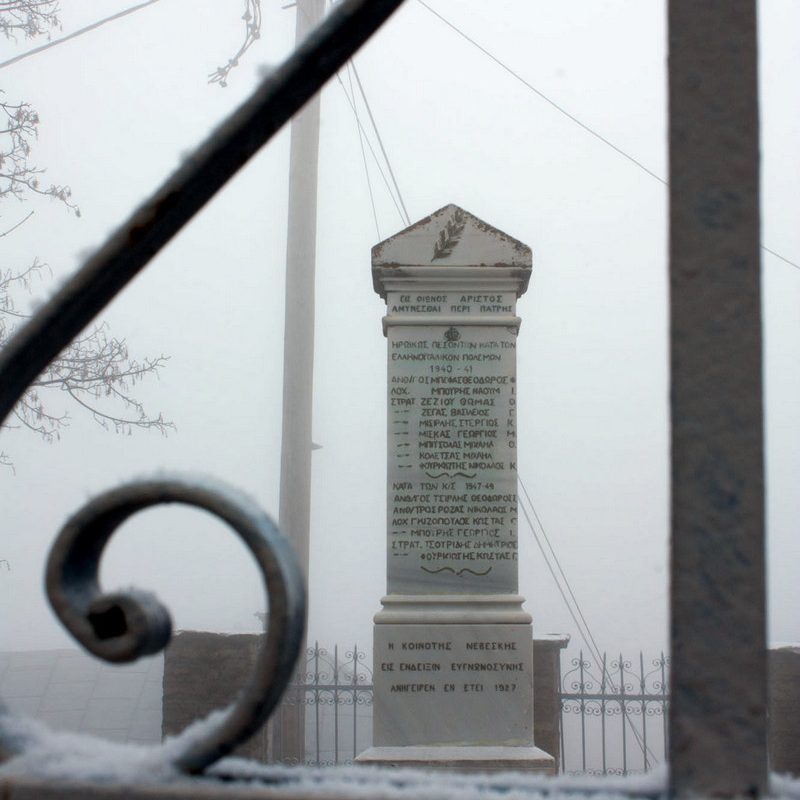Historically, the region belonged to the kingdom of Orestis, in Upper Macedonia. In 197 BCE it was conquered by the Romans, who allowed the cities of the kingdom to re-establish the hellenistic system of the Orestans. In the first years of the Byzantine empire, the region was part of the eparchy of Macedonia, while it was subsequently incorporated to the eparchy of Thessaly. It was subsequently conquered by the Bulgarians, the Normans and, during the Frankokratia, it belonged to the eparchy of Thessaloniki. During the Ottoman rule, the region belonged to the district kaza of Kastoria and the sanjak of Koritsa of the province Monastir Vilayet.
The beginnings of the villages can be traced to the first years of Ottoman rule, which, for this region, is most likely in 1389 CE. The population shift from Epirus during 1390 and later was due to pressure for a change of religion. It resulted to the creation of the first settlements of originating from Përmet, Vythkouki and Kosdiani in Northern Epirus. After the battle of Varna (1444 CE), the revolutionary movement that was created remained for five years in Western Macedonia. Macedonians, in order to escape oppression, fleed to the mountains. This resulted to the creation of new settlements, such as Klisoura, Vogatsiko, Kostarazi and Lechovo.
Nymphaio and Lechovo were exempt from paying taxes due to their belonging to the mother of the sultan, while Muslims settled in Sklythro, Agrapidia and Lymnochori. The inhabitants of the region participated in the revolutionary movements against the Ottoman Empire and for the freedom of the Christians. They were present in the 1821 battles in the Danubian Principalities under Giorgakis Olympius. Furthermore, they participated in the battle of Alamana against Omer Vrioni. They supported Pazvantoğlu in his rebellion against the Ottoman Porte. And were involved in the Montenegrin–Ottoman War 1862. During the revolution of 1878, the region suffered destruction by the hands of the Ottoman army but also due to looting caused by the Greek forces.
To bolster ethnic antagonism, agents of Albanian, Romanian and Bulgarian propaganda were sent to the region. During the Macedonian war (1903-1908 CE), the region was where the Greek and Bulgarian armies met and fought, causing loss of life and the destruction of several settlements. The region was freed in November 1913. During the Second World War, it belonged to the German garrison of Amyntaio. Because of the strong presence of partisan brigades, the Germans in retaliation burned Lechovo (23-27 July 1943) and in the 28th of March 1944 executed 14 men in the environs of Aetos, Nymphaio and Asprogia.

During the Greek Civil War, battles took place in Lechovo (29 January 1947) and in Nymphaio (29-30 April 1947) claiming many victims.


